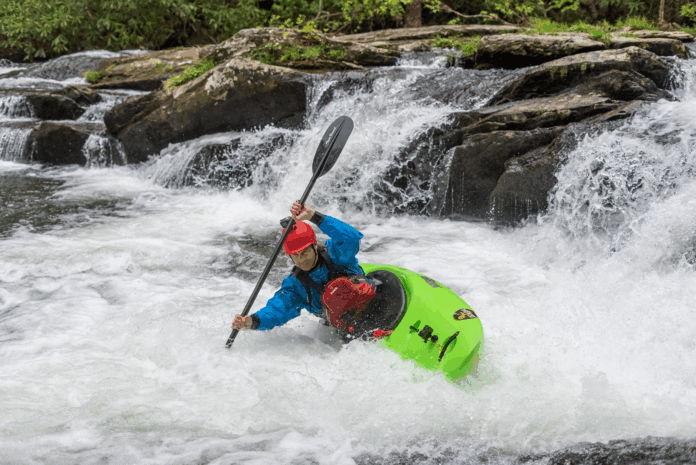River kayaking offers stunning scenery and often wind protection, but strong currents make it uniquely challenging.
Why River Kayaking Is Special — And Risky

Rivers are often narrower than lakes or oceans, which means if you capsize, shore is usually within swimming distance. This makes river kayaking generally safe, but the strong and sometimes unpredictable current demands respect. Understanding common river kayaking mistakes is key to staying safe and enjoying your trip.
1. Not Wearing a Proper PFD
One of the most critical river kayaking mistakes is neglecting your Personal Flotation Device (PFD) or lifejacket. Think of your PFD as a seatbelt for the water—it might seem unnecessary 99% of the time but can save your life in that 1% when things go wrong. Importantly, choose a paddling-specific PFD designed for comfort and freedom of movement so you’re less likely to want to remove it mid-trip.
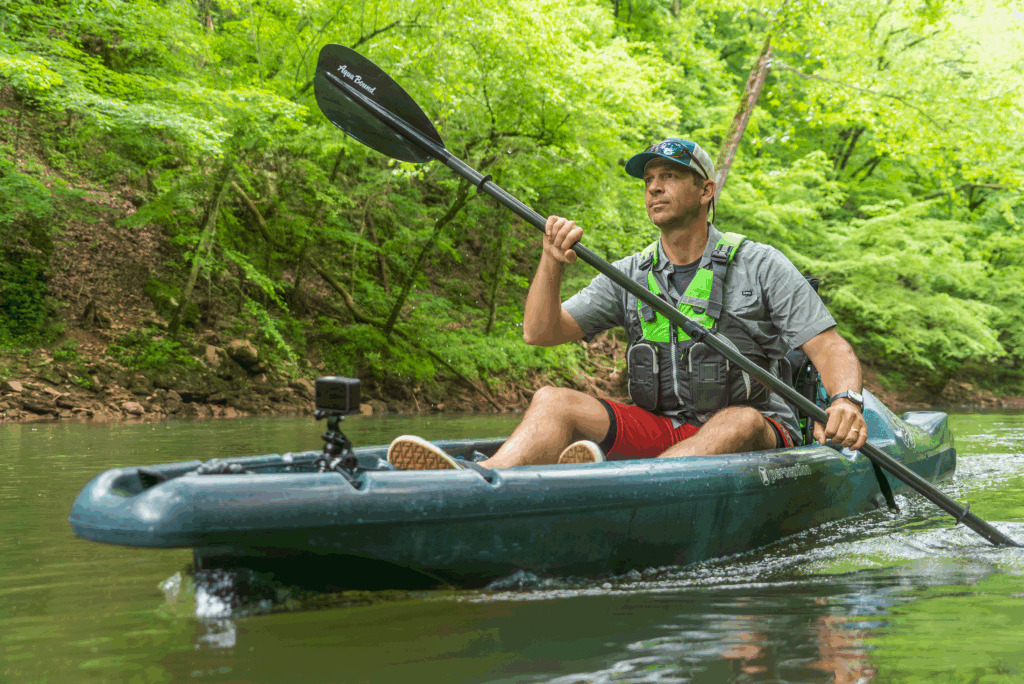
2. Ignoring Water Levels and Current
Many kayakers underestimate how dramatically water levels affect river currents, and how quickly levels can change. High water or flood conditions can make currents much faster and more powerful, increasing the chance of being flipped or swept into hazards.

One of the biggest river kayaking mistakes is heading out without checking current water conditions or knowing when to bail early if the water level starts to change and things get dangerous.
3. Using the Wrong Kayak for River Conditions
Taking the wrong kayak on a river can be a fatal mistake. If there is only very mild current, then any kayak will do the trick. But if the current gets a little stronger, choosing the right kayak is critical. In particular, recreational sit-inside kayaks without bulkheads may fill with water if swamped, making it difficult or impossible to control. Bulkheads are walls inside the kayak that separate the boat into separate watertight compartments. Sit-on-top kayaks and inflatable kayaks are always good choices for rivers with current, because they won’t swamp and always float.
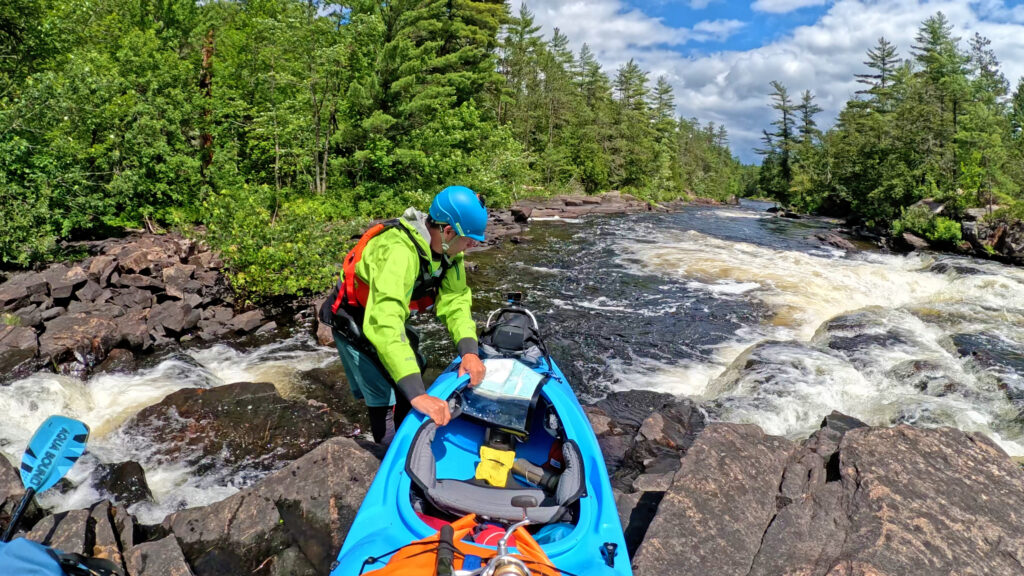
Understanding your kayak’s capabilities is key to avoiding serious river kayaking mistakes. Learn how to pick the best kayak for your next river adventure.
4. Underestimating Hazards Like Low-Head Dams and Strainers
Low-head dams and strainers (fallen trees or log jams) are deceptively dangerous. They can trap kayakers and swimmers underwater, making them deadly river hazards. One of the most avoidable river kayaking mistakes is not scouting ahead or portaging around these obstacles, especially if the current pushes you toward them.
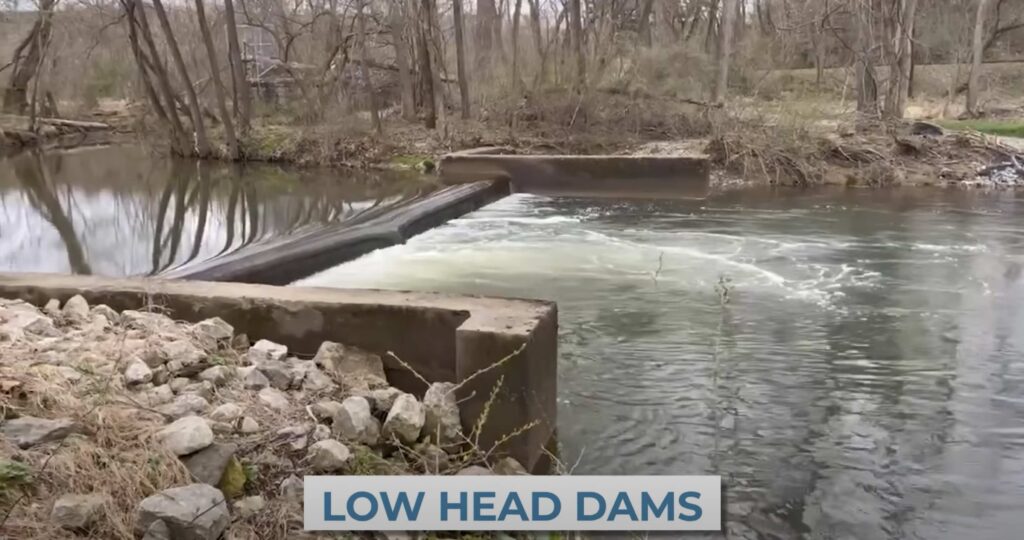
5. Not Wearing a Helmet When Needed
While not every river trip requires a helmet, paddlers should wear one when there’s a reasonable chance of flippingin white water above Class I. Skipping helmet use is a common river kayaking mistake that can lead to serious injury.
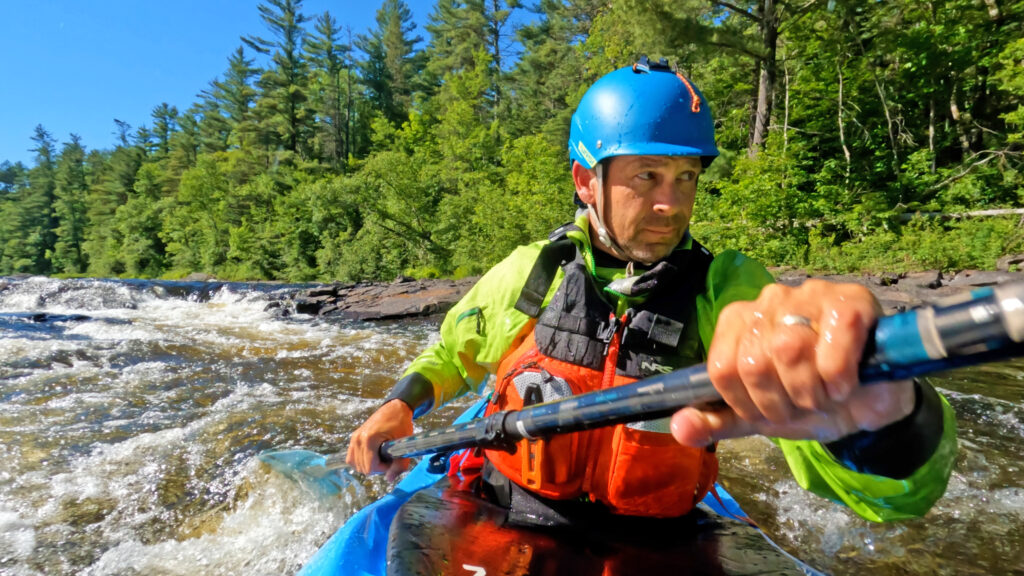
Stay Safe and Enjoy the Rivers
Rivers are some of the most rewarding places to kayak, but they demand respect and preparation. Avoiding these top river kayaking mistakes—wearing your PFD, checking water levels, choosing the right kayak, scouting hazards, and wearing a helmet when needed—will keep you safe and help you fully enjoy your adventure.
Paddle smart and make rivers your favorite paddling spot!



